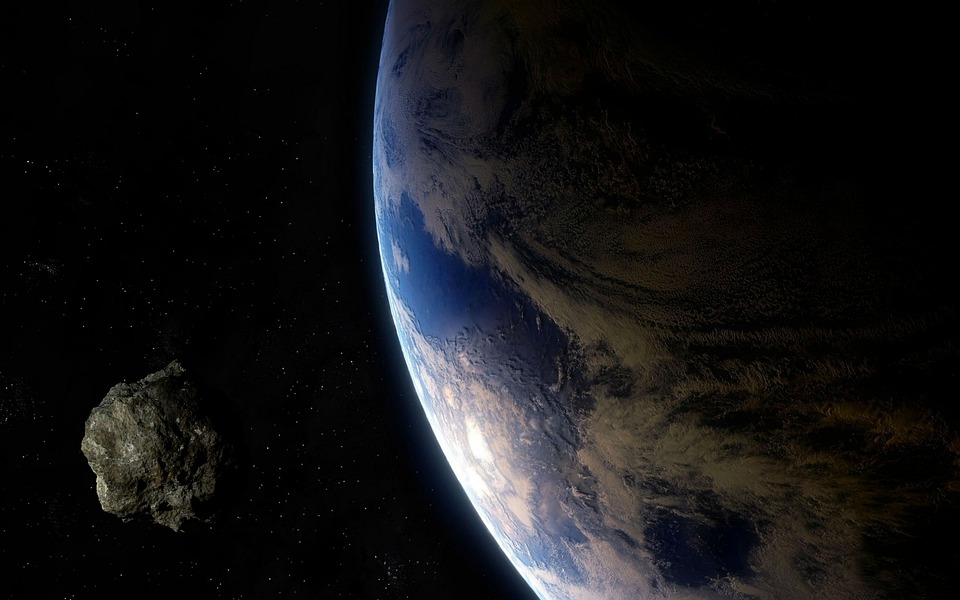Another asteroid appears to be on its way to Earth, and a group of astronomers managed to take photos of the space rock that is making its way towards the planet’s vicinity. Just like with all the other asteroids that have come and passed by, the astronomers managed to take photos of the asteroid’s approach to Earth.
The Virtual Telescope Project in Italy was able to spot the space rock, referred to as potentially hazardous, based on its size. Formally named 2020 AN3, this asteroid belongs to the same group of asteroids that may one day strike the Earth. There may be no immediate threat, but it is still advised by experts that agencies should be prepared as the solar system’s gravitational pull between planets can shift the orbits of these space rocks, which could result in their approach. According to NASA, even potentially hazardous objects can come “unusually close” to the planet.
AN3 approached Earth on the 17th January, but not close enough to pose a threat, nor did it make an unannounced visit into the atmosphere. At the time it was photographed, it was 1.9 million miles from Earth, which is still close enough for space agencies all over the world to take notice. AN3 is estimated to be around 754 feet to 1,673 feet in diameter, and thus it classifies as potentially hazardous. This asteroid is also on the European Space Agency or ESA’s risk list and is also being tracked by NASA’s Center for Near-Earth Objects.
Previously, another asteroid was spotted by NASA on a close approach trajectory on the 20th of January. Formally known as 2020 AQ1, it is classified as a Near-Earth Object or NEO and was seen hurtling towards the planet’s vicinity at a speed of 99,035 kilometers per hour. AQ1 measured between 328 feet to 754 feet in diameter but how close their approach is was undetermined, but based on its classification of being a NEO, AQ1 will most likely be as close as 1.3 astronomical units or millions of miles away in human terms. As well, it did not pose a threat, but it was still close enough to be seen.



 SpaceX Starship Explodes in Texas During Test, Citing Nitrogen Tank Failure
SpaceX Starship Explodes in Texas During Test, Citing Nitrogen Tank Failure  Tabletop particle accelerator could transform medicine and materials science
Tabletop particle accelerator could transform medicine and materials science  Eli Lilly’s Inluriyo Gains FDA Approval for Advanced Breast Cancer Treatment
Eli Lilly’s Inluriyo Gains FDA Approval for Advanced Breast Cancer Treatment  Ancient Mars may have had a carbon cycle − a new study suggests the red planet may have once been warmer, wetter and more favorable for life
Ancient Mars may have had a carbon cycle − a new study suggests the red planet may have once been warmer, wetter and more favorable for life  NASA Faces Major Workforce Reduction as 20% of Employees Prepare to Leave
NASA Faces Major Workforce Reduction as 20% of Employees Prepare to Leave  SpaceX’s Starship Completes 11th Test Flight, Paving Way for Moon and Mars Missions
SpaceX’s Starship Completes 11th Test Flight, Paving Way for Moon and Mars Missions  Lab-grown meat: you may find it icky, but it could drive forward medical research
Lab-grown meat: you may find it icky, but it could drive forward medical research  FDA Lifts REMS Requirement for CAR-T Cell Cancer Therapies
FDA Lifts REMS Requirement for CAR-T Cell Cancer Therapies  Trump Signs Executive Order to Boost AI Research in Childhood Cancer
Trump Signs Executive Order to Boost AI Research in Childhood Cancer  Trump and Merck KGaA Partner to Slash IVF Drug Costs and Expand Fertility Coverage
Trump and Merck KGaA Partner to Slash IVF Drug Costs and Expand Fertility Coverage  Blue Origin’s New Glenn Achieves Breakthrough Success With First NASA Mission
Blue Origin’s New Glenn Achieves Breakthrough Success With First NASA Mission 































